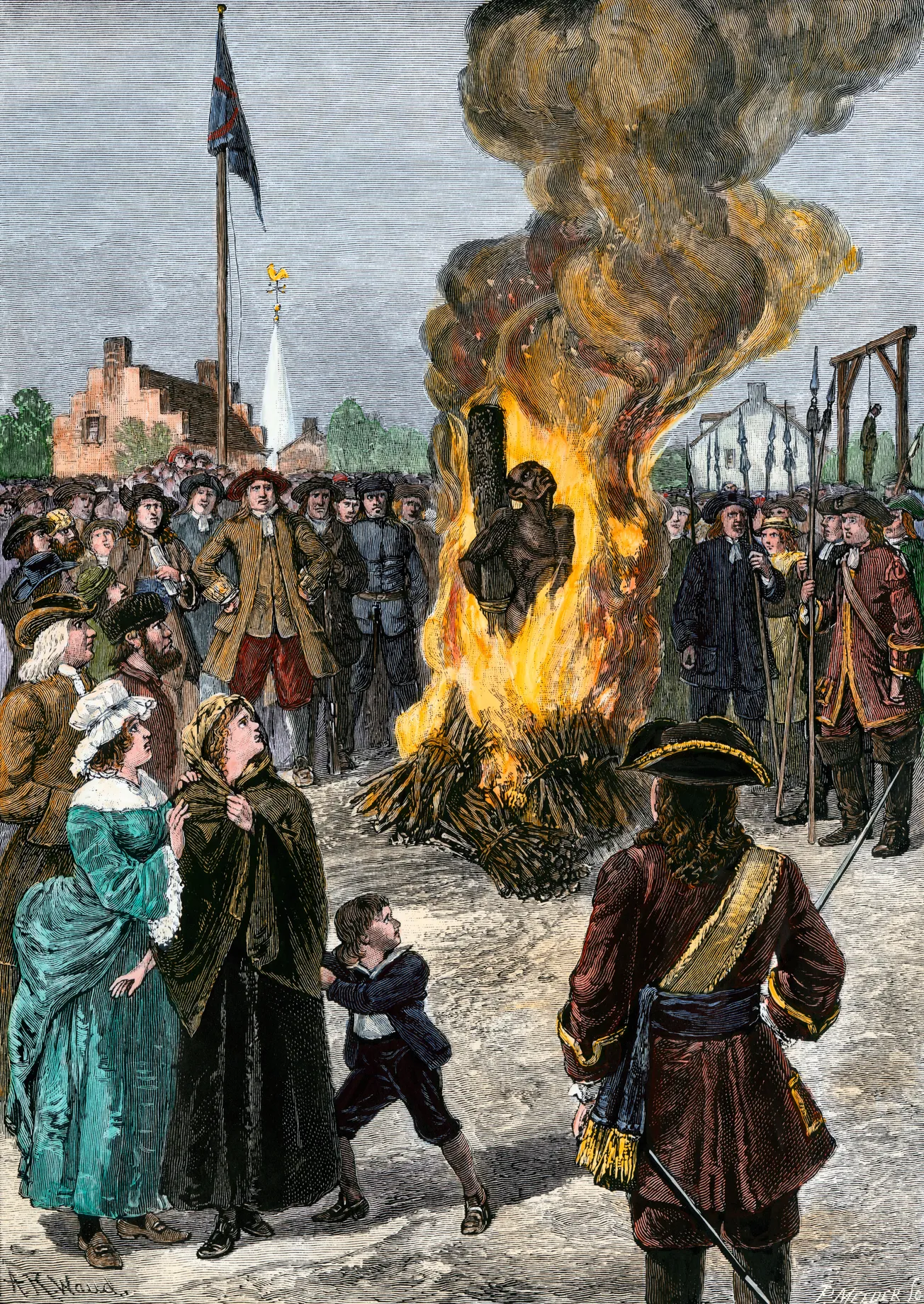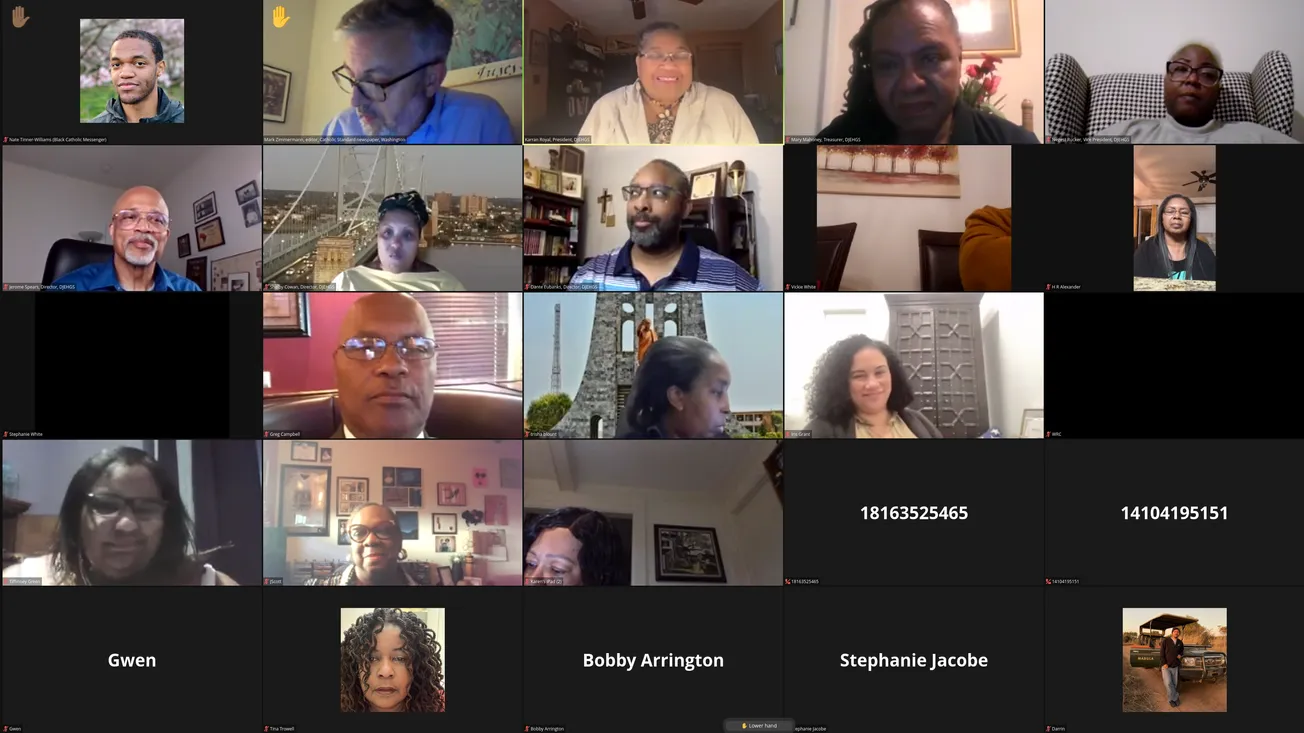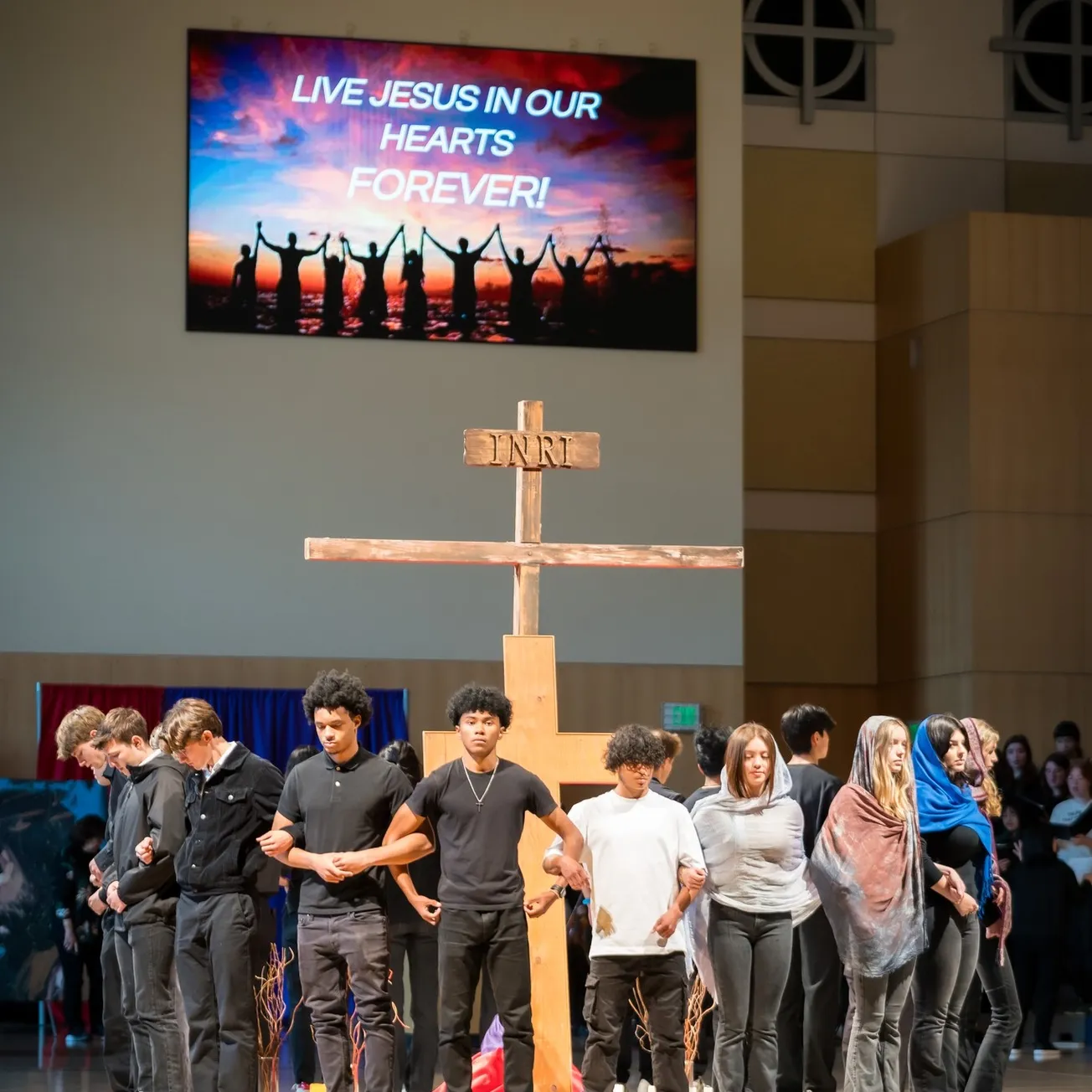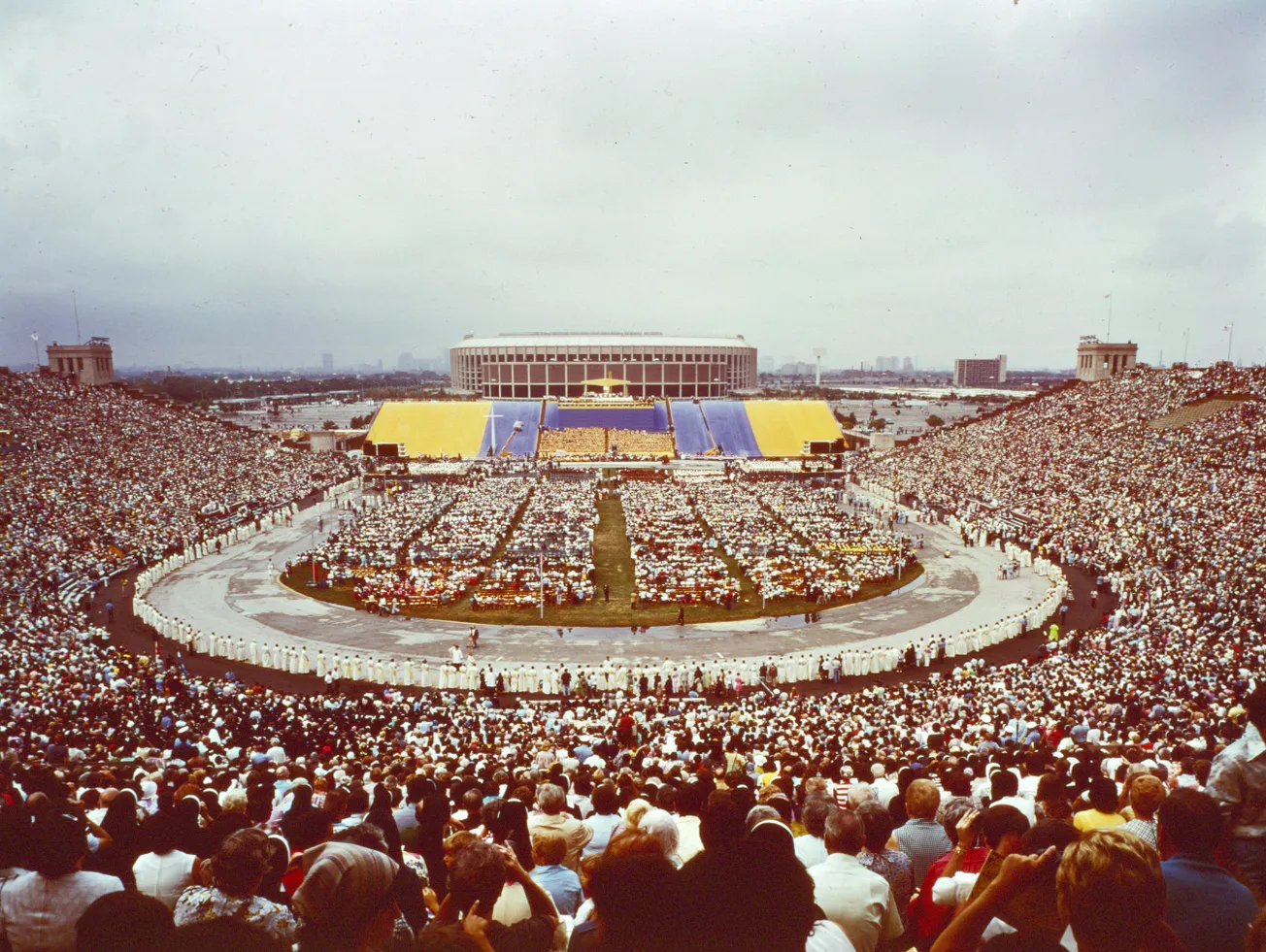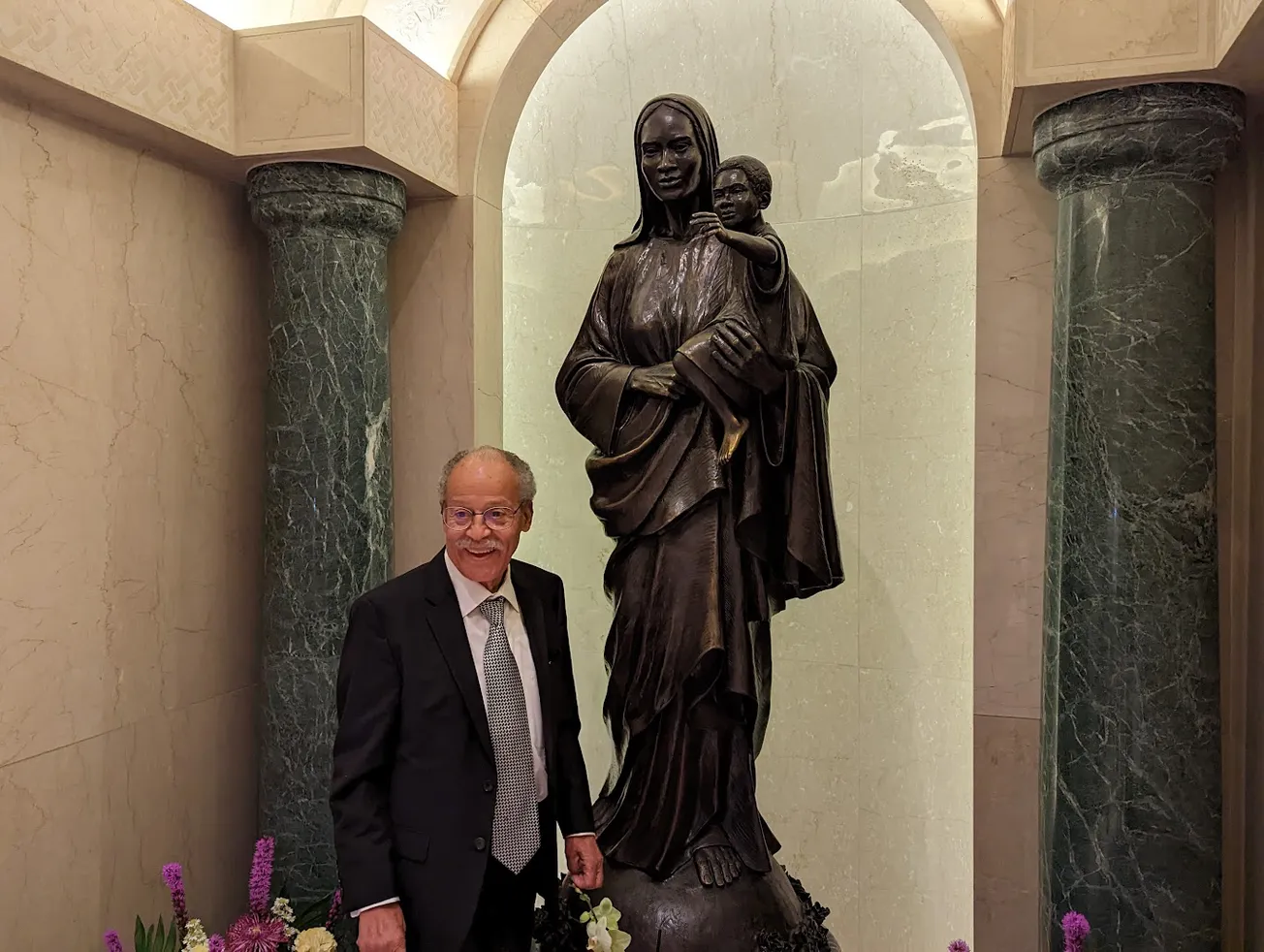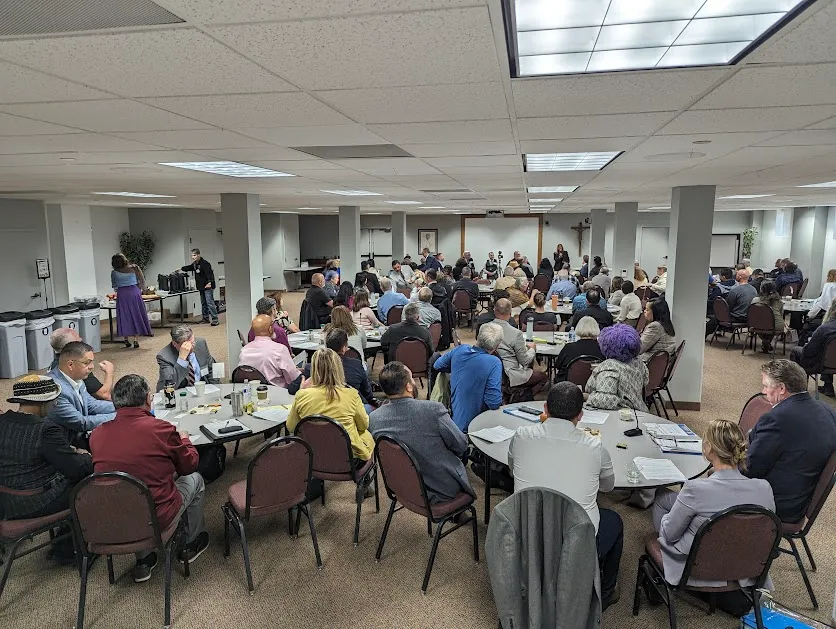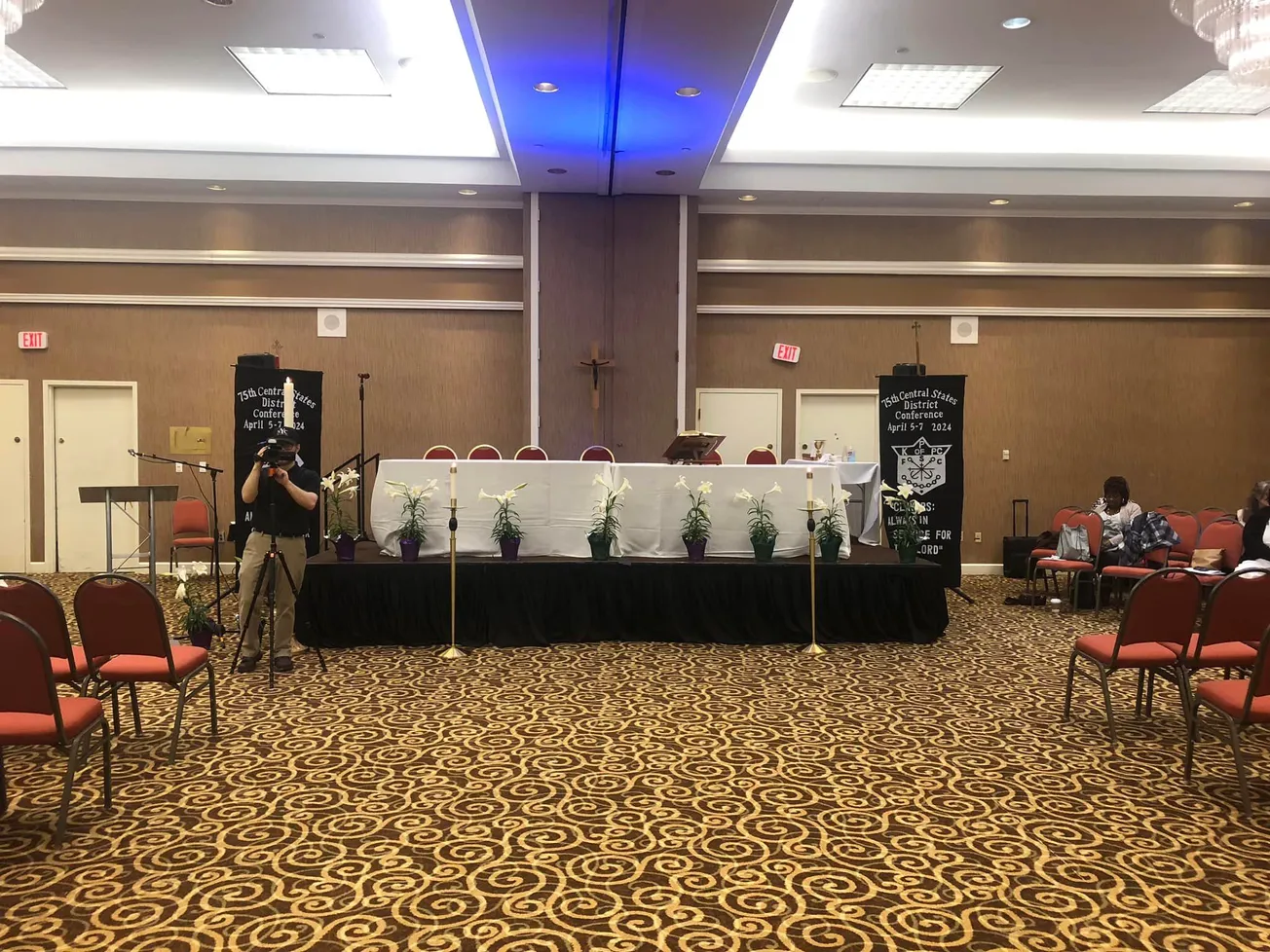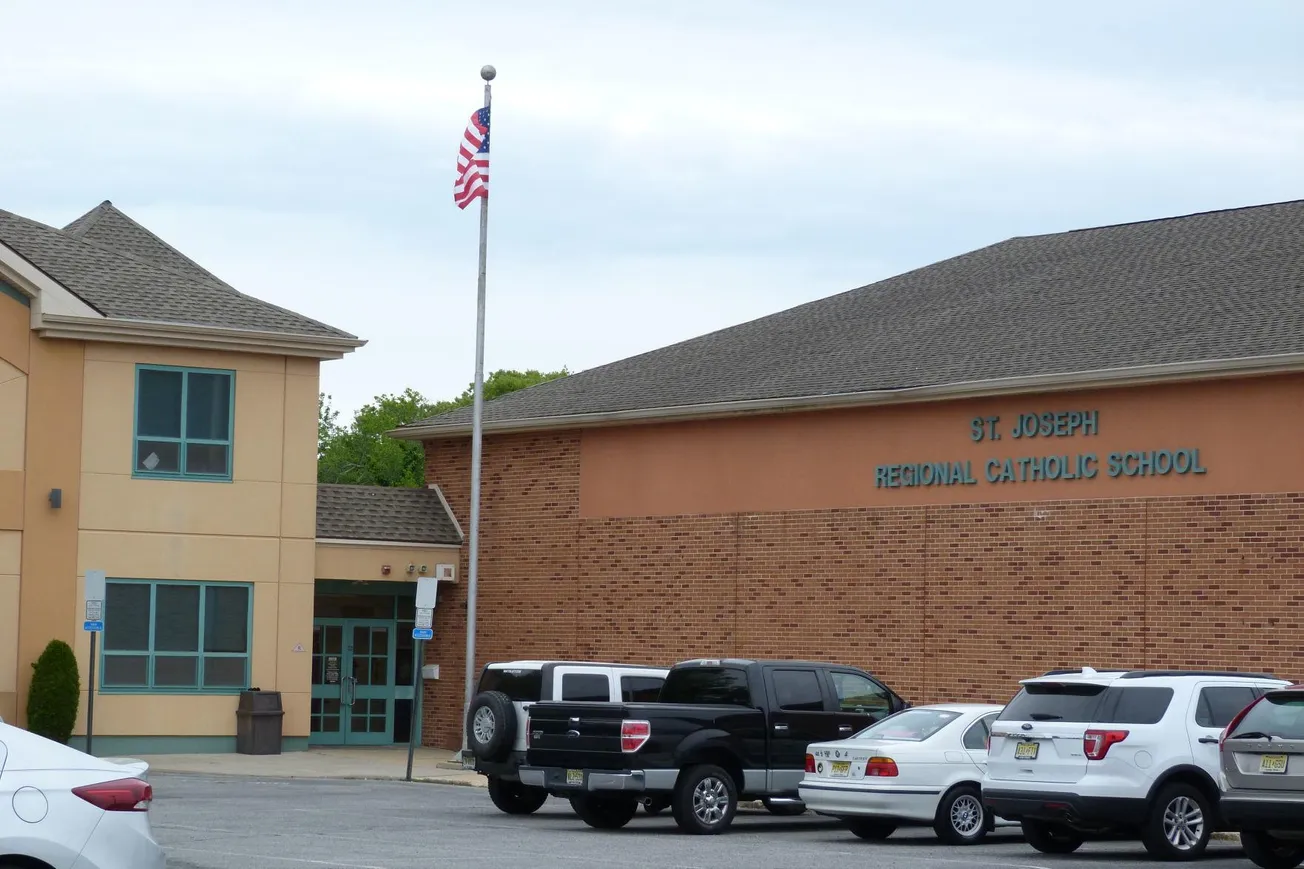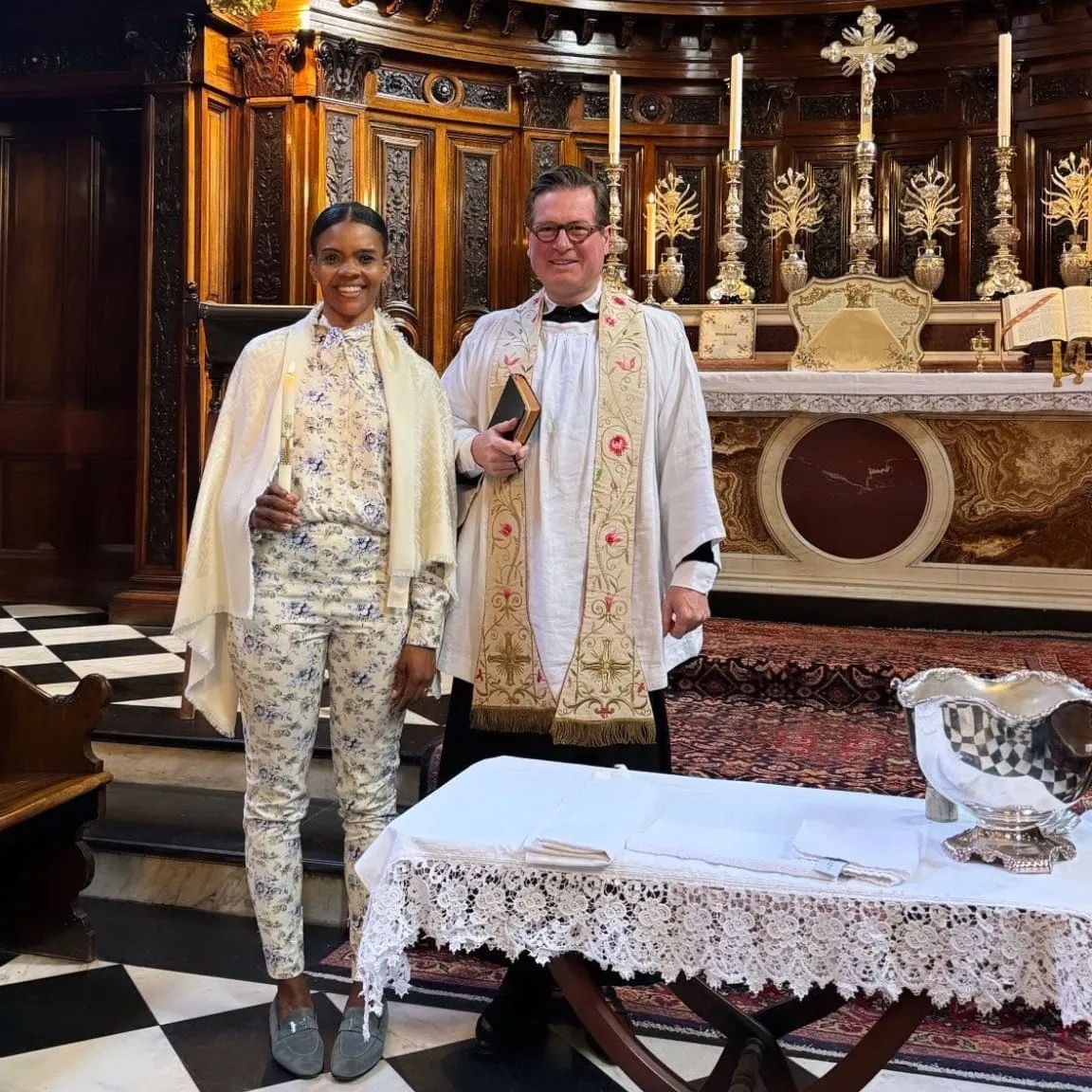On this day in 1741, four enslaved Africans were summarily executed in the British colony of New York, the first in a group of 34 alleged co-conspirators who would be killed following show trials over the course of the next 9 months.
Their crime? Being Catholics, seeking to destroy the city, massacre the White men, and collect their wives for themselves before electing a new government in which they would no longer be enslaved. (That was the narrative, anyway.)
You’ve probably heard this kind of story before—whether that of deadly and false accusations against alleged oversexed “Black brutes”, or that of slaves in the New World forcefully seeking what was rightfully theirs: full and unmitigated freedom.
What many of you probably haven’t heard is this story in particular, in which the British colonial forces were nearly brought to their knees by a set of well-planned fires most likely set by Africans who felt they were free not because of birthright, but because of their Catholic religion and allegiance to a foreign king.
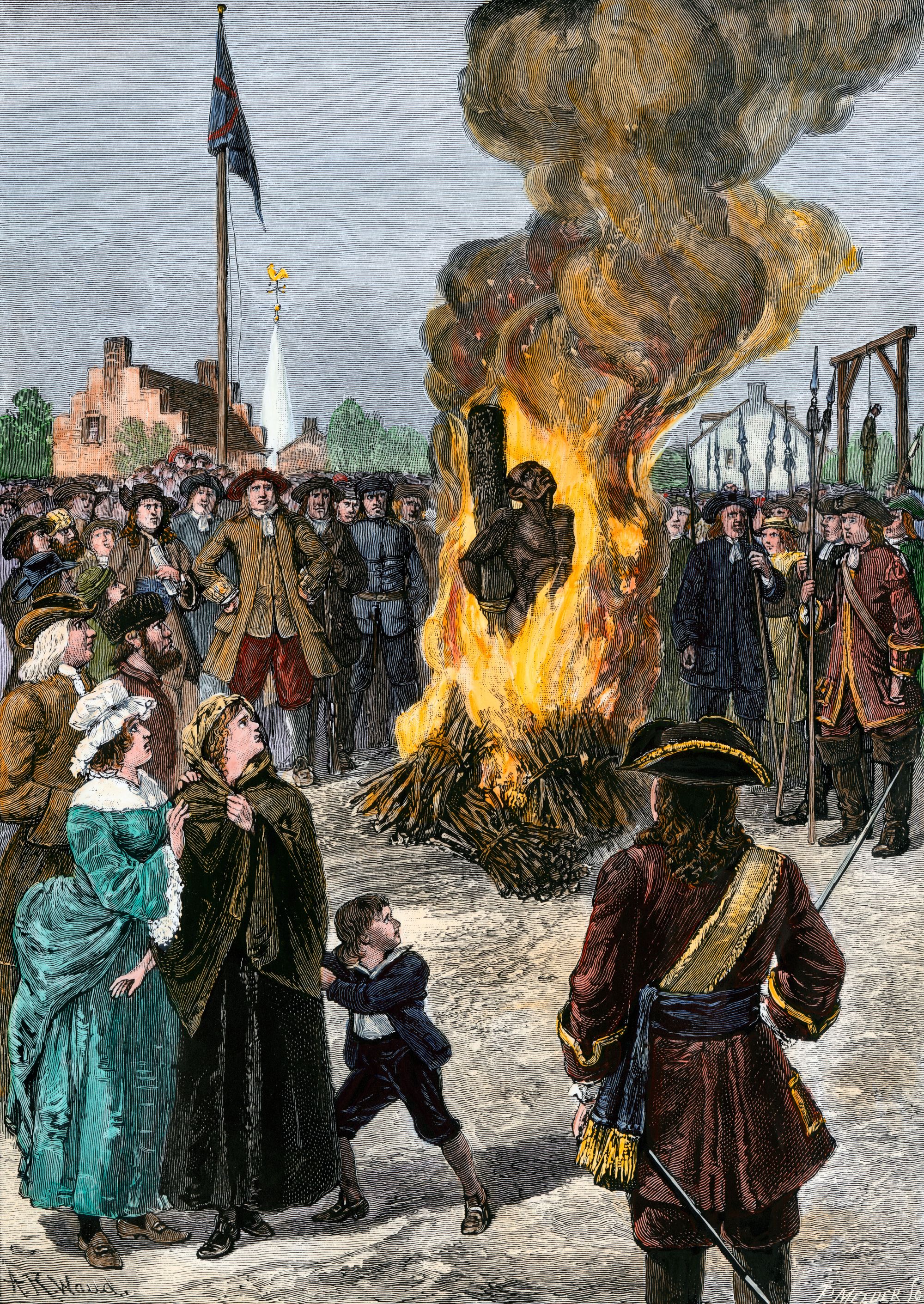
My own interest in this story came very recently, as I myself had not heard before of this so-called “New York Conspiracy”, nor would I have guessed that such a conspiracy in such a colony would have involved Black Spaniards.
I knew New York was, in its early days, a Dutch colony, and I could have guessed that it at some point passed hands to the British. This, of course, would not lend itself to any Catholic presence. Indeed, the region was rabidly anti-Catholic, and British leaders had required residents to sign an anti-Catholic oath beginning in 1691. Nine years later, Catholic priests were banned from the colony altogether.
I also knew that, on the other end of the Eastern Seaboard, in North Florida, the Spanish had established the first outpost for Catholicism in what would become the United States. There, Spanish explorers had landed in the future city of St Augustine in 1565 with free and enslaved Black Catholics in tow. 37 years prior, an Afro-Spanish Catholic explorer named Esteban had arrived on the other side of Florida with the Narváez Expedition.
What I did not know is that both regions, north and south, were intimately connected.
You see, in 1693, King Charles II of Spain ordered that any slave who escaped from British bondage should be given safe harbor in New Spain—and specifically, Spanish Florida—if they agreed to convert to Catholicism and join the Spanish military. This created two reactions.
First, as slaves heard of this—especially in the British Carolinas, but as far away as New York—they began deserting en masse to the point that a new town was established for them in 1738 near St Augustine, called Fort Mose. One of the attempted desertions was the Stono Rebellion in South Carolina in 1739, fomented by Catholic slaves imported from the Kongo Kingdom. From Mose, the escaped slaves and other free Blacks who were moved there from St Augustine were to defend Spanish Florida from British assaults.
(Fun fact: The chapel at Mose, the earliest Black Catholic church in what would become the US, was reportedly larger than the one for the Whites in St Augustine.)
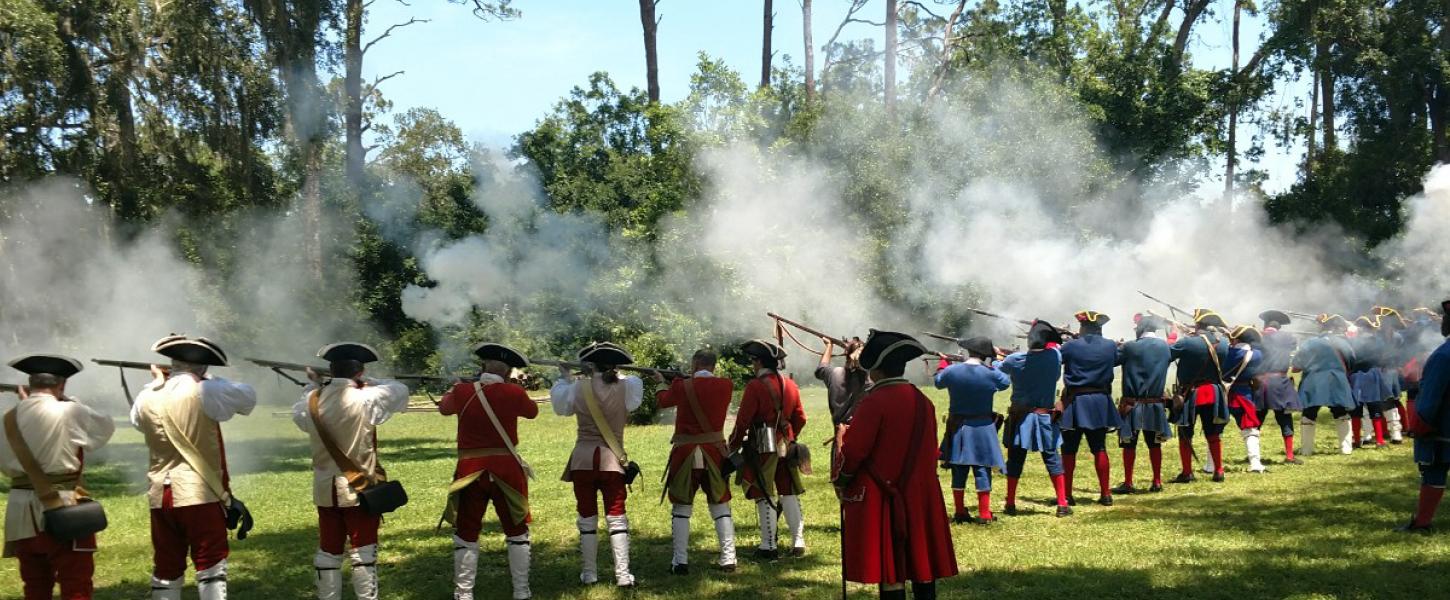
Unsurprisingly, the second reaction was that the British got pissed, only increasing the existing beef between Charles II and Britain’s Protestant monarchs William and Mary. (You’ll notice that Charles’ decree came just two years after Catholic crackdowns increased in New York.) Shortly after Fort Mose was established for the Black Catholics in Spanish Florida, the two crowns began the largely inconsequential War of Jenkins’ Ear.
It was in the context of that war, however, that British New York, suspecting rebellion among its Afro-Spanish slaves, feared that rumblings of Fort Mose had inspired them to strike out against their White masters and gain freedom by means of their Catholic faith and Catholic crown. This may have been partly true, but of most interest to me is that this would seem to qualify at least some of these enslaved men and women as Catholic martyrs.
Pablo Ventura “Powlis” Angel. Antonio “Tony” de St. Bendito. Antonio de la Cruz. Juan de Silva. Francis. Augustine Gutierrez. All claimed Spanish citizenship, rejected their faux enslavement, and pled not guilty to the “popish” crimes of which they were accused. All were executed. Juan is recorded as praying and kissing a crucifix beforehand.
Are these martyrs recognized by the Catholic Church? Of course not. No Black people from these lands have yet been beatified or canonized, regardless of nationality. An active sainthood cause for martyrs from Spanish Florida has received approbation from local bishops, but no Africans are listed. An older, defunct cause, purportedly encompassing all of the nation’s would-be martyrs dating back to early European colonialism, also omitted anyone of African descent.
As early as 1924, however, Fr Stephen Theobald—the first Black Catholic diocesan priest ordained on US soil—wrote of his co-religionists caught up in the mid-18th century British affair, saying simply that:
“There were negroes reported to be Catholics from the Spanish Indies implicated in the New York Conspiracy of 1741.”
As such, for roughly a century now, Black Catholics themselves have been aware that a number of their own were murdered in a British anti-Catholic plot against slaves seeking freedom from bondage.
Blessed Juan da Silva and Companions, holy martyrs of freedom, pray for us.
Nate Tinner-Williams is co-founder and editor of Black Catholic Messenger, a seminarian with the Josephites, and a ThM student with the Institute for Black Catholic Studies at Xavier University of Louisiana (XULA).


